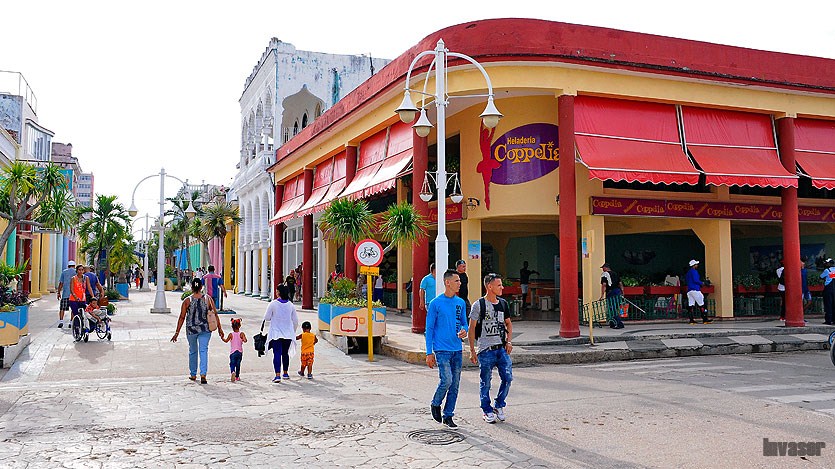
The province of Ciego de Ávila implements public policies to address sociodemographic vulnerabilities related to the growing aging of the population, as there are 20 percent of the inhabitants aged 60 or over.
The improvement of living conditions is prioritized in the areas where the more than 55,300 older adults are inserted (including 16 old people homes and houses) and the approach of social services, the training of caregivers and the incorporation to the active working life, according to a report from the Provincial Government of People's Power.
Other actions are aimed at mothers with more than three children to satisfy demands related to the construction, expansion, rehabilitation and legalization of housing; the granting of subsidies and the needs of job offers.
Increasing capacities in daycare centers and expanding childcare providers as an alternative for mothers who reside in places far from these educational centers are also strategies to stimulate birth rates in the territory.
Public Health improves care for infertile couples, from its primary care system to provincial and high-tech institutions, with positive results in the diagnosis and treatment of difficulties in reproducing, and in achieving pregnancies.
The Group for Attention to Demographic Dynamics monitors young married couples and mothers with two children, mainly in the municipalities of Chambas, Bolivia, Ciro Redondo, Ciego de Ávila and Venezuela, considering the unfavorable behavior of the gross rate of fertility.
According to the information offered by the Demographic Observatory, all the municipalities register a significant increase in the number of people with advanced ages, although Florencia, Chambas and Majagua stand out, with degrees of aging of 25.1, 21.6 and 22.1 percent, in that order, according to the close of the year 2020.
The situation is due to the decrease in the general and global fertility rates, and the gross reproduction rate, with an emphasis on the indicated localities, as they remain below the provincial average, which indicates a decrease in the ideal of children, in the meantime, replacement of the population registers negligible values.
With a population density of 62.4 inhabitants per square kilometers and a total of 435 326 ―data from the end of the 2020 period ― the province maintained a trend of increasing population in the last four years, however, there was a decline during the precedent year, as a consequence of the natural reduction of births.
During the COVID-19 pandemic, attention has been guaranteed to vulnerable segments of the population, including children, pregnant women and the elderly, by establishing messaging services that will facilitate their stay at home; and the necessary health centers and resources were set up to assist those infected people.
In accordance with the precepts established in Chapter II of the Constitution of the Republic of Cuba, referring to Rights, protection is guaranteed to people disabled from working and families in vulnerable conditions, and the rights to adequate housing are recognized, a safe and healthy habitat, health, education, sports, culture and healthy recreation.
In compliance with the Magna Carta, other conditions are also ensured to improve the quality of life of the population, such as access to drinking water, sanitation and healthy and adequate food, as well as the consumption of goods and services with the required skills.
In favor of old age, Article 88 of the Basic Law establishes: “The State, society and families, in what corresponds to each one, have the obligation to protect, assist and facilitate the conditions to satisfy the needs and raise the quality of life of the elderly. Likewise, they have to respect their self-determination, guarantee the full exercise of their rights and promote their integration and social participation.”
